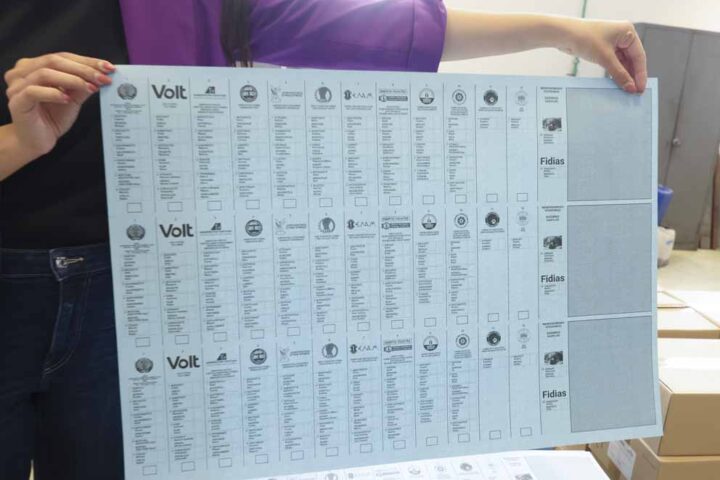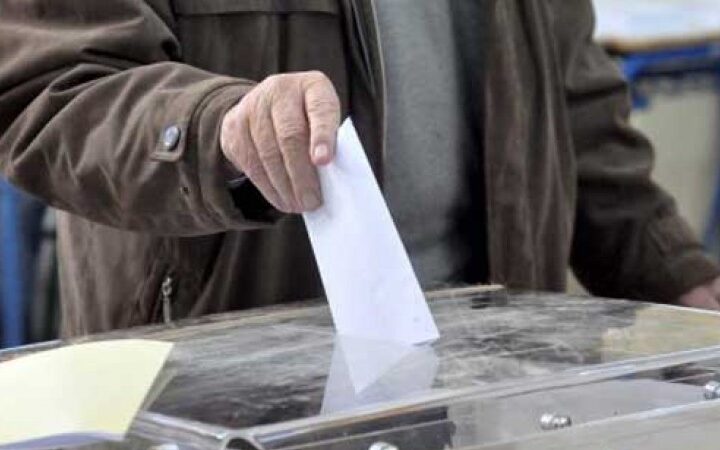The European Commission presented a Report and a proposal for a Directive to amend the current EU excise duty legislation on tobacco. The draft Directive foresees a gradual increase in the EU minimum taxation levels on cigarettes and fine cut tobacco up to 2014. It also updates the definitions of different types of tobacco products so as to remove loopholes which allow certain cigarettes or fine cut tobacco to be presented as cigars, cigarillos or pipe tobacco and therefore benefiting from a lower tax rate.
Today's proposal will narrow differences between Member States' tobacco taxation levels and so help tackle intra-EU tobacco smuggling. It would also make the taxation rules more transparent, thereby creating a level playing field for manufacturers and giving flexibility to Member States to set minimum taxes. It also aims to contribute to reducing tobacco consumption by 10% within the next 5 years.
At present, there are considerable differences in taxation levels between the lowest and the highest taxing Member States. For cigarettes, the difference can be up to almost 600% of the excise burden expressed in Euros. As a result of this great divergence in taxation levels within the Union it is estimated that the total market penetration of the non-domestically taxed consumption represented in 2004 approximately 13% of the tobacco market in the EU-25. In a number of main markets, this figure even rises to more than 20%.
Cigarettes
Currently, excise duties levied on cigarettes must account for at least 57% of price, and must be at least EUR64 per 1000 cigarettes, for products falling under the "most popular price category" in that country.
The concept of the "most popular price category" was designed more than thirty years ago, when national markets were dominated by one brand that was clearly ‘most popular’. Nowadays, markets are more dynamic with several popular brands and regular price changes. In order to create more transparency and to ensure a level playing field for manufacturers, the Commission proposes replacing the most popular price category with a weighted average price of all cigarettes for determining the tax base. In order to underscore health objectives it will be combined with a monetary minimum tax applicable to all cigarettes.
The current percentage of 57% will be increased to 63% of the weighted average price and the rate of EUR64 will rise to EUR90 for all cigarettes by 2014, under the new proposal. It is estimated that this will contribute to a 10% decrease in tobacco consumption in most Member States within the next 5 years.
The Commission also proposes giving Member States more flexibility in tobacco taxation. This will be ensured by abolishing the existing rule which forbid Member States to levy a minimum excise tax higher than 100% of the total excise on the most popular price category. Furthermore, the Commission proposes to widen the band of the specific component of the excise duty from 5% – 55% to 10% – 75%.
Other tobacco products than cigarettes
Notwithstanding the fact that cigarettes and fine-cut tobacco have different characteristics, they are competing products and are equally harmful for health. The gap between the current level of taxation for cigarettes and fine-cut tobacco (sometimes hand-rolled cigarettes are taxed 30% less than ordinary cigarettes) gives rise to product substitution. Between 2002 and 2006, the consumption of cigarettes decreased by more than 10% but, in parallel, the consumption of fine-cut tobacco increased by around 10% in the EU-25. To address this problem, the Commission proposes a partial alignment of the minimum rate for fine-cut tobacco to the minimum rate for cigarettes.
For cigars and cigarillos, today's proposal amends the definition of these products, so as to ensure that the lower minimum rate is restricted to "traditional cigars and cigarillos". This amendment is necessary due to the fact that some new tobacco products are presenting themselves as cigars / cigarillos in order to benefit from the reduced tax rate, despite being similar in function, taste, filter and presentation to a cigarette. The definition of pipe tobacco will also be adapted to better differentiate between pipe tobacco and fine-cut tobacco, as a number of Member States have reported tobacco being sold as pipe tobacco when its primary purpose is for hand-rolling or tubing of cigarettes.







